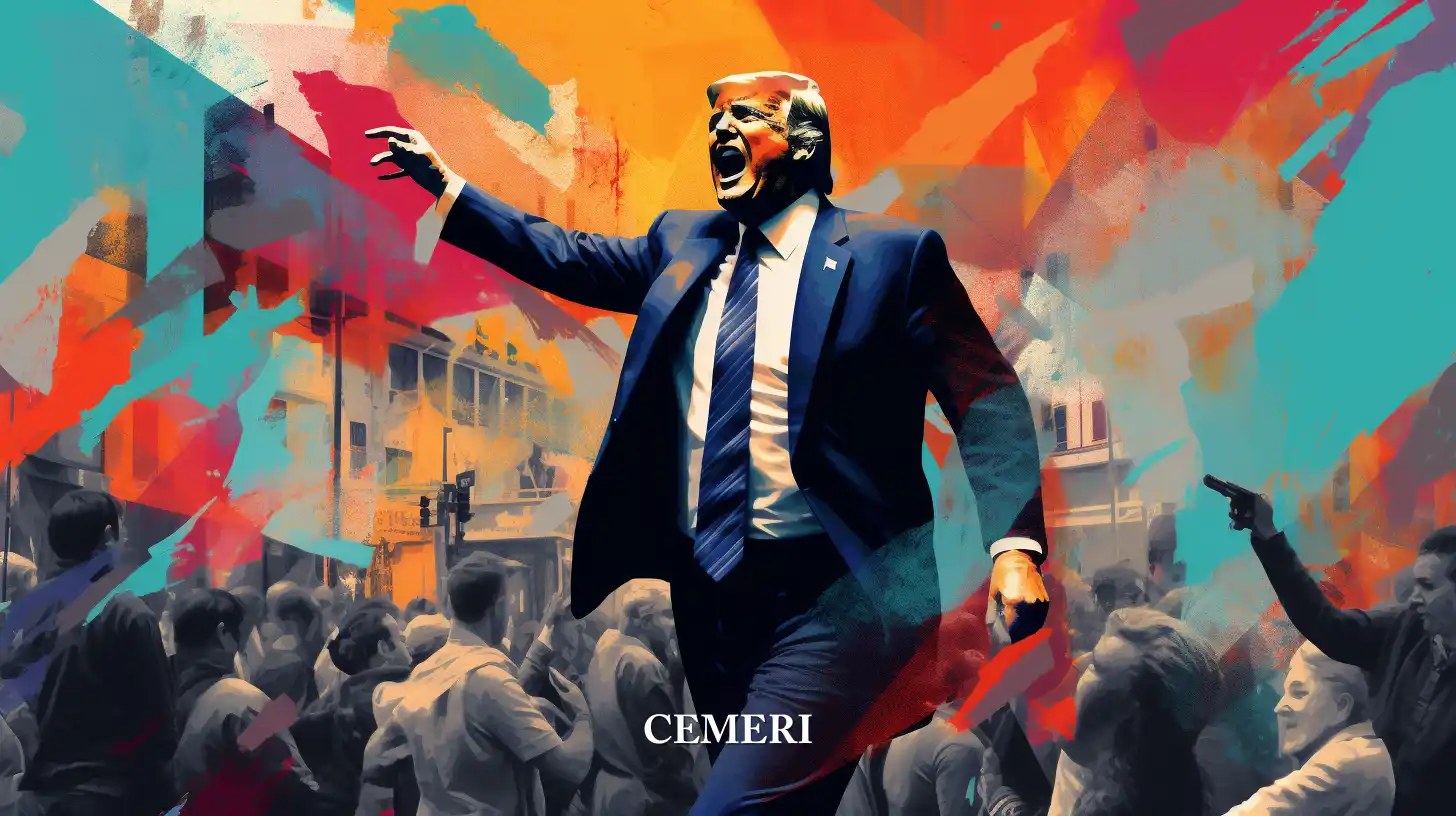Opinion
David Gallegos Rubio
What is the impact of Covid-19 on the new Chinese Silk Road?
- Internal control of the pandemic in China has allowed technology such as artificial intelligence to be exported.

Following the outbreak of Covid-19 in 2020, the world wondered to what extent China would continue to implement the Belt and Road Initiative (BRI), China's flagship foreign economic policy initiative . Many suggested that a reorientation of the Chinese economy from an export-led model to one more based on domestic consumption would lead to a reduction in China's investment in infrastructure abroad. However, even as China highlighted during the pandemic the value of its Health Silk Road (HSR) and Digital Silk Road (DSR) plans as timely complements to the BRI, the renewed emphasis on physical connectivity under the BRI highlighted in the white paper on "[China International Development Cooperation in the New Era](http://english.www.gov.cn/archive/whitepaper/202101/10/ content_WS5ffa6bbbc6d0f72576943922.html)", published by the State Council in January, sent another signal:
In the document, for the first time, the Chinese government defined the BRI as a "main platform" for international development cooperation. In the past, China had argued that the BRI was not about foreign development assistance, but was a framework for win-win economic cooperation to generate trade benefits. Beijing focused on a trade-oriented rhetoric in response to outside concerns that BRI countries could become too financially dependent on China. This change explicitly shows that China hopes to create a more benign-sounding narrative for an international audience: that the BRI is a useful platform through which Beijing could provide various public goods for global development.
The white paper suggests a wide range of activities not dissimilar to those previously proposed for the BRI: connectivity, foreign direct investment, financing, technology transfer, provision of international services (such as project contracting and labor services), special economic zones, recruitment management and help. Reiterating the original parameters of the BRI suggests that grand ambitions to boost the BRI will not be hampered, especially as a post-pandemic world will surely need more investment in infrastructure to resume economic growth.
Belt and Road Initiative Changes
One of the most interesting changes is the efficiency-oriented approach. Partially responding to pushback against Chinese dominance of BRI projects, Beijing is not only acknowledging the role of host countries, but also allowing host governments to select contractors rather than insist on Chinese personnel and supplies. . In addition, China has pledged to set funding ratios to improve transparency and supervision of its overseas projects.
Aside from these internal institutional reforms, Beijing also stresses the need for third-party cooperation. The associations are not only related to physical connectivity, but also to governance issues such as poverty reduction, women's rights and education, climate change and environmental protection. In relation to these issues, China highlights the opportunities for multilateral cooperation, such as the possibility of using the aid allocated in the United Nations and co-financing with international and regional development banks to achieve the Sustainable Development Goals (SDGs) of the United Nations 2030 Agenda for Sustainable Development. All of this suggests that China is responding to the hopes of its partners and other countries, both critics and supporters, that the BRI adopt international standards and be applied in a fairer environment for all parties.
As part of its "whole-nation" approach, Beijing wants the BRI to support China's standard-setting in international development cooperation. In the "[Action Plan on Standard Belt and Road Connectivity (2018-2020)](https://policy.asiapacificenergy.org/sites/default/files/Action%20Plan%20on%20Belt%20and%20Road% 20Standard%20Connectivity%20%282018-20%29%20%28CH%29.pdf)", China has declared that it will harmonize with international standards while promoting its own. Along with other national initiatives such as Made in China 2025 and China Standards 2035, the BRI is supposed to promote Chinese standards abroad. For example, China's success in domestically controlling the pandemic has given Beijing an opportunity to subtly make a case for exporting the technologies essential to that effort, such as facial recognition, QR coding, 5G, and artificial intelligence (AI). ).
The BRI is serving the Chinese economy under the concept of “dual circulation” which places great emphasis on the domestic market. In line with this recast, China will not overload its financing capacity. China reiterates that BRI projects with other developing countries should be considered as South-South Cooperation.
What is the reason for this change in narrative?
A central theme with the BRI was its close relationship with China's state-led development model and its implications for sustainable development. Critics argued that the BRI was a way for China to export "authoritarianism", "suppression" and "predatory" economics, creating a "debt trap" for vulnerable developing countries. These lines of argument led some participating countries, such as Malaysia and Myanmar, to modify their infrastructure cooperation agreements with China.
Along with growing anxiety over BRI practices, perhaps the most important reason for China to change its tone and approach was the geopolitical response from the United States which became eager to push for a [Free and Open Indo-Pacific (FOIP) strategy]. ](https://www.unav.edu/web/global-affairs/detalle/-/blogs/foip-una-iniciativa-japanese-de-politica-exterior-para-la-cooperacion-global) to restrict China . The Trump administration's framing of the BRI in strategic terms, considering not only China's loans and financing, but also its technology and infrastructure projects as security threats, stoked negative sentiment in many countries.
Disruptions in the global supply chain following the outbreak of the Covid-19 virus suggested that decoupling in some key industrial areas will inevitably continue, a trend fueled by the US-China trade dispute that began early in the Trump presidency. . In response, the Chinese president stated in April 2020:
"China must take the initiative to seek change, and successfully capture and create opportunities during the crises and difficulties before us."
Xi Jinping, 2020
He then announced the strategy of dual circulation - international and self-sufficiency- at the Politburo meeting in May 2020. The goal: engage international markets for capital and technology, while enhancing China's own capabilities in critical sectors.
Even before Covid-19, Xi had made a crucial assessment of the international environment at the 2018 Central Conference on Foreign Labor, noting that "our world is undergoing profound changes unseen in a century." To mitigate Given the risks of structural tensions between China and the US, Xi used the phrase "reverse transmission" of the pressure to further push for institutional reforms, including in the financial sector. To better deal with the challenges of enforcement supervision, Beijing created the China International Development and Cooperation Agency (CIDCA). At the same time, the Chinese government continued to regard the BRI as an important foreign economic policy target due to Xi's assertion that China still enjoys "significant strategic opportunity".

